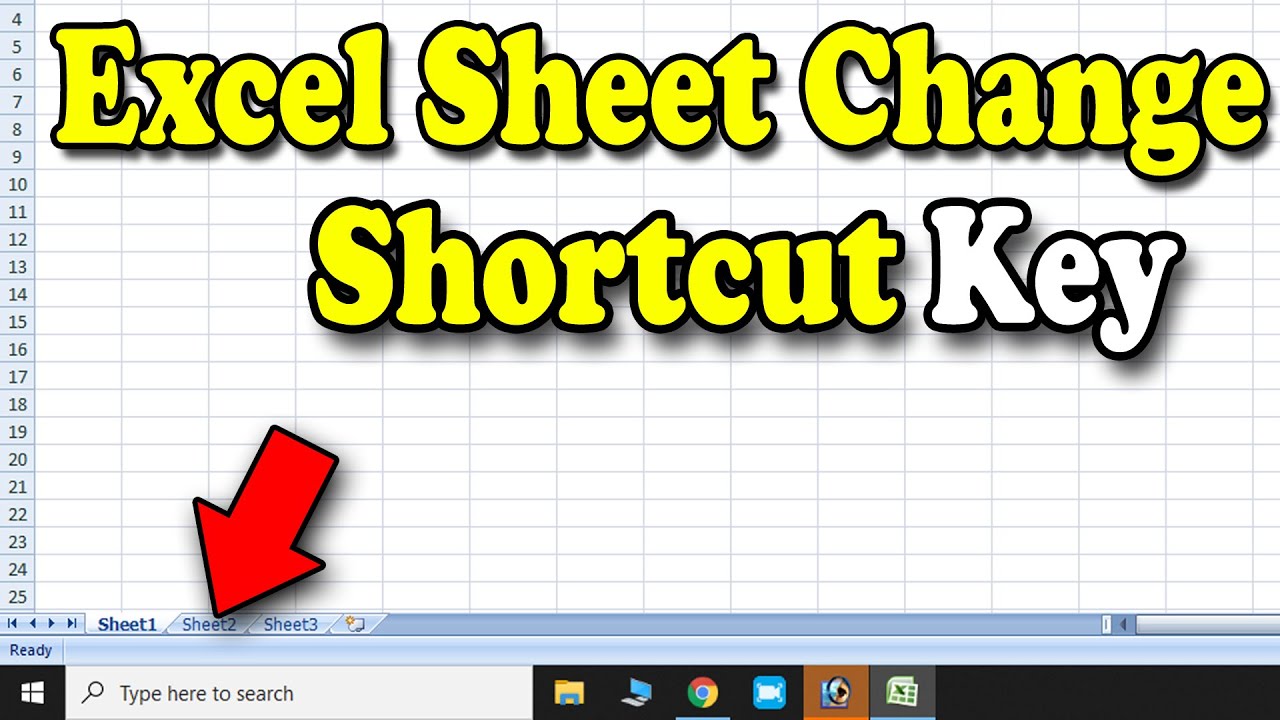Excel Sheet History: Viewing Past Changes Easily

Have you ever needed to backtrack through a maze of numbers, data, and entries in an Excel sheet to find where a change was made? Or perhaps you've spent hours looking for that crucial detail that could make or break your project or report. Understanding Excel sheet history can be a game-changer, allowing for seamless tracking and review of edits made to spreadsheets. This in-depth exploration covers how Excel sheet history can be leveraged to improve productivity, ensure data accuracy, and provide invaluable insights into the lifecycle of your data.
What Is Excel Sheet History?

Excel sheet history refers to the ability to view, track, and manage changes made within an Excel workbook. This feature is vital in collaborative work environments or when working on long-term projects where changes can occur over time without your immediate knowledge. Here’s what you can do with Excel sheet history:
- Track who made changes and when.
- Identify modifications at a cell level.
- Compare versions of the workbook to see differences.
- Review a log of activities for auditing purposes.
Enabling Excel History Tracking

To start tracking changes in Excel:
- Go to the Review tab in the Excel ribbon.
- Click on Track Changes.
- Choose Highlight Changes to enable tracking and customize settings like which changes to highlight or set a time frame for changes.
📝 Note: If sharing the workbook, the Share Workbook feature must be enabled for tracking changes to work. This can be found under Changes in the Review tab.
Viewing and Managing Changes

Once enabled, viewing and managing changes is straightforward:
- Click Track Changes and then Highlight Changes to view changes made since the last save or from a specific date.
- To accept or reject changes, use the Accept/Reject Changes option from the Track Changes menu.
Version History in Excel Online

Excel Online, part of the Microsoft 365 suite, has a built-in feature for version history:
- Open the workbook in Excel Online.
- Click File, then Info.
- Under Document Information, click See Version History.
- A list of versions will be shown, allowing you to restore or compare any version.
Advanced Techniques for Excel History

For users seeking advanced capabilities in managing Excel sheet history:
Using VBA for Custom History Tracking

VBA (Visual Basic for Applications) can automate change tracking:
- Write a macro to log changes made to specific cells.
- Create a custom change log sheet for easy access.
- Automate backup creation for periodic review.
Utilizing Power Query for Data Validation

Power Query can help in:
- Validating data integrity by comparing historical data.
- Creating data models to track historical trends.
- Automating the process of reconciling changes.
Benefits of Tracking Sheet History

Implementing Excel history tracking offers several advantages:
- Accuracy and Audit Trails: A clear path of edits reduces errors and provides a verifiable audit trail.
- Collaboration: Teams can work together confidently, knowing changes are trackable.
- Time-Saving: Quickly locate and understand changes, avoiding unnecessary rework.
- Regulatory Compliance: Many industries require detailed logs of data changes for compliance.
⚠️ Note: Ensure that access to Excel history is controlled, as sensitive information can be exposed through this feature.
To maximize the effectiveness of Excel sheet history, consider adopting these strategies:
- Regular Backups: Schedule periodic backups to safeguard against data loss.
- Access Control: Manage permissions to prevent unauthorized changes.
- Change Notifications: Set up alerts for when significant changes are made.
By understanding and leveraging the capabilities of Excel sheet history, you can transform your data management practices. Excel's versatility extends beyond mere data entry and calculations; it offers tools to track the evolution of your data, ensuring integrity, collaboration, and a seamless workflow. Regularly reviewing change logs, utilizing Excel's advanced features like Power Query and VBA for custom solutions, and establishing protocols for managing access and backups will not only prevent data mishaps but also enhance the overall efficiency of your work environment. In a world where data is king, Excel provides the crown jewels for data governance and history tracking.
How long does Excel keep track of changes?

+
Excel keeps track of changes until the tracking is manually disabled or the workbook is closed and the changes are not saved.
Can multiple people edit the same Excel sheet simultaneously?

+
Yes, with the Excel Online or Microsoft 365 co-authoring feature, multiple users can edit the same sheet simultaneously.
What happens if I forget to enable change tracking before making edits?

+
If change tracking isn’t enabled, there will be no historical record of those edits. It’s best to turn on tracking before beginning work.
Can I track changes in all Excel versions?

+
Change tracking is available in most versions of Excel, but advanced features like version history are exclusive to Excel Online and Microsoft 365.



